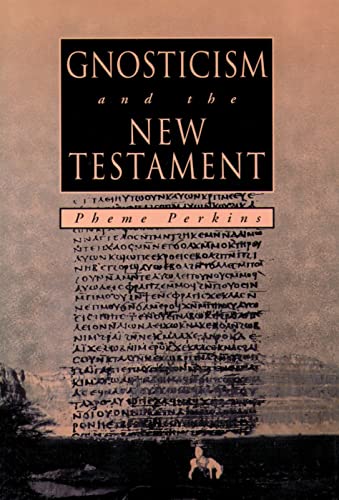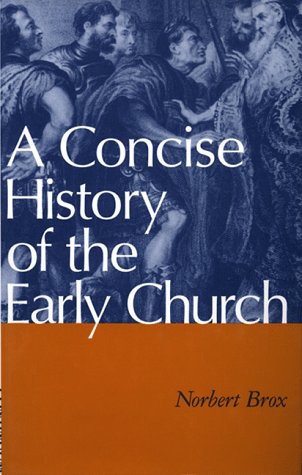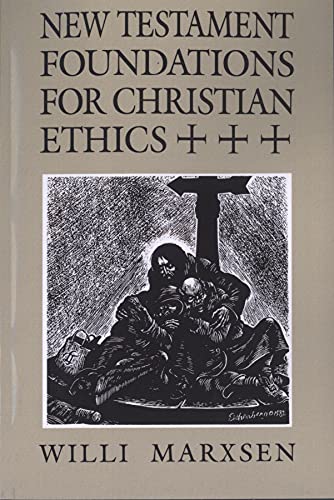Matthew’s Narrative Web: Over, and Over, and Over Again (JSNTSS 91)
Written by Janice Capel Anderson Reviewed By Peter M. HeadThis book is a study of the verbal repetitions in Matthew in terms of their place within the narrative. Verbal repetition is ‘the lexical repetition of a series of words, not merely the repetition of similar images, themes, characters, or incidents’ (p. 12). Thus mountain scenes do not qualify (unless reinforced by verbal repetition) but repeated phrases such as ‘Repent, for the kingdom of heaven is at hand’ (3:2 = 4:17; cf. 10:7), ‘or brood of vipers’ (3:7 = 12:34 = 23:33), or ‘the disciples came to him’ (5:1 = 13:36b = 14:15 = 15:12 = 18:1 = 24:1 = 24:3 = 26:17a, but with variation) do qualify for discussion.
Anderson has produced two very helpful lists of these verbal repetitions. One (Appendix B) catalogues extended verbal repetitions of nine words or more in length—she finds 37 examples. These are not all totally identical, but incorporate nine (or more) identical words within one sentence (a good example are the introductory formulae, which repeat common elements but which have different forms. Anderson appropriately cites a first-century BC rhetorical work: ‘We shall not repeat the same thing precisely—for that, to be sure, would weary the hearer and not elaborate the idea—but with changes.’ It is precisely the variation within and around repetition that makes this an interesting topic). The other list (Appendix A) catalogues other forms of verbal repetition, most of these involving at least four words, although striking phrases and terminology, even involving only one characteristic word, are included for completeness (the list takes 14 pages). These lists provide an important resource which supplements other lists of favoured Matthean vocabulary and expressions (in this sense it is a pity that the Greek texts themselves could not be printed in the Appendices), and should prove useful to all students of Matthew’s Gospel.
The main chapters helpfully discuss the contributions made by repetition to the narrative rhetoric (direct commentary and point-of-view), the description of character, and the development of the plot and structure of the Gospel. Repetition both creates patterns, and therefore predictability and reader expectations, and varies patterns, thus highlighting divergences and developing the overall plot. It is a wide-ranging study, interesting to read, and ‘more comprehensible to a redaction critic than a leap directly into post-structuralism’ (p. 8), but difficult to summarize. Anderson blends narratological and reader-response critical insights—the discussion takes place in terms of implied author and implied reader; although in the conclusion she turns to actual first-century readers who might hear the Gospel read and experience the ordering, emphasizing and evocative power of the Matthean repetitions.
Peter M. Head
Peter M. Head
Tyndale House
Cambridge, England, UK







